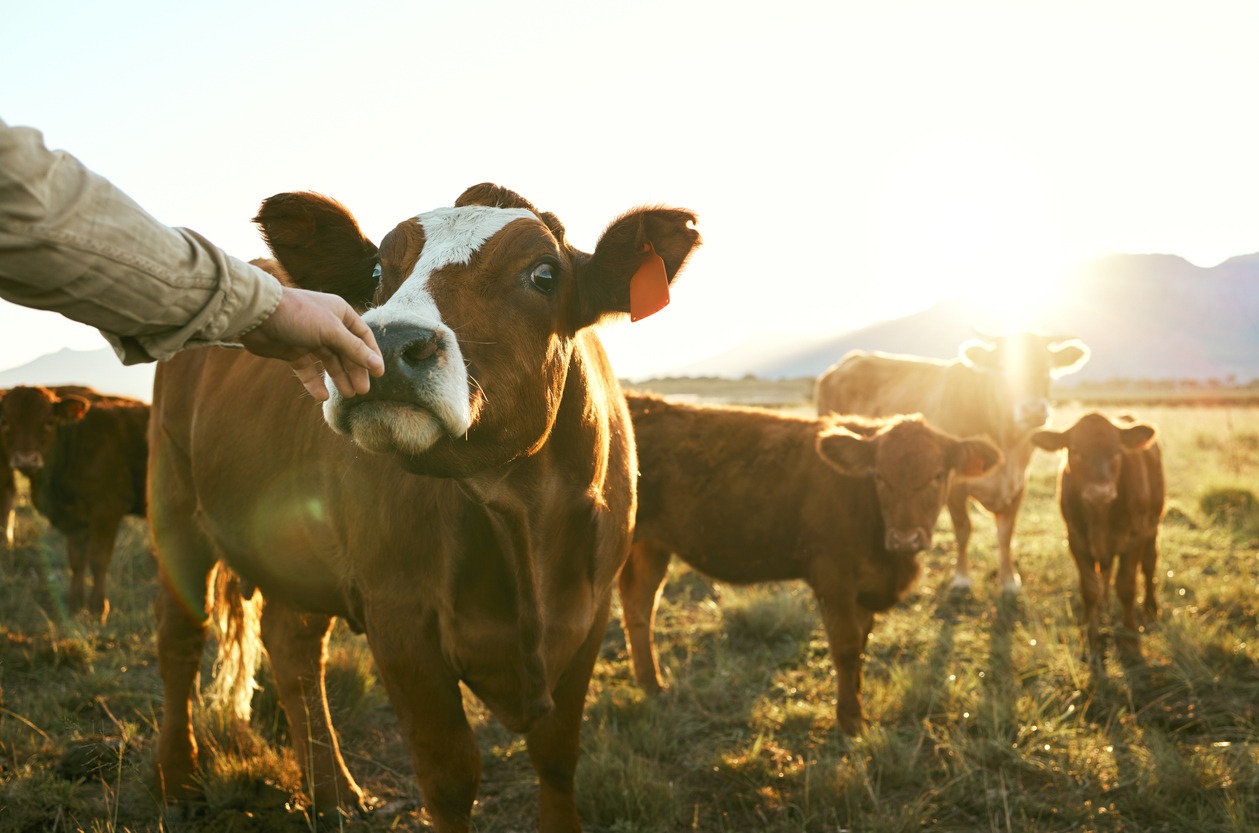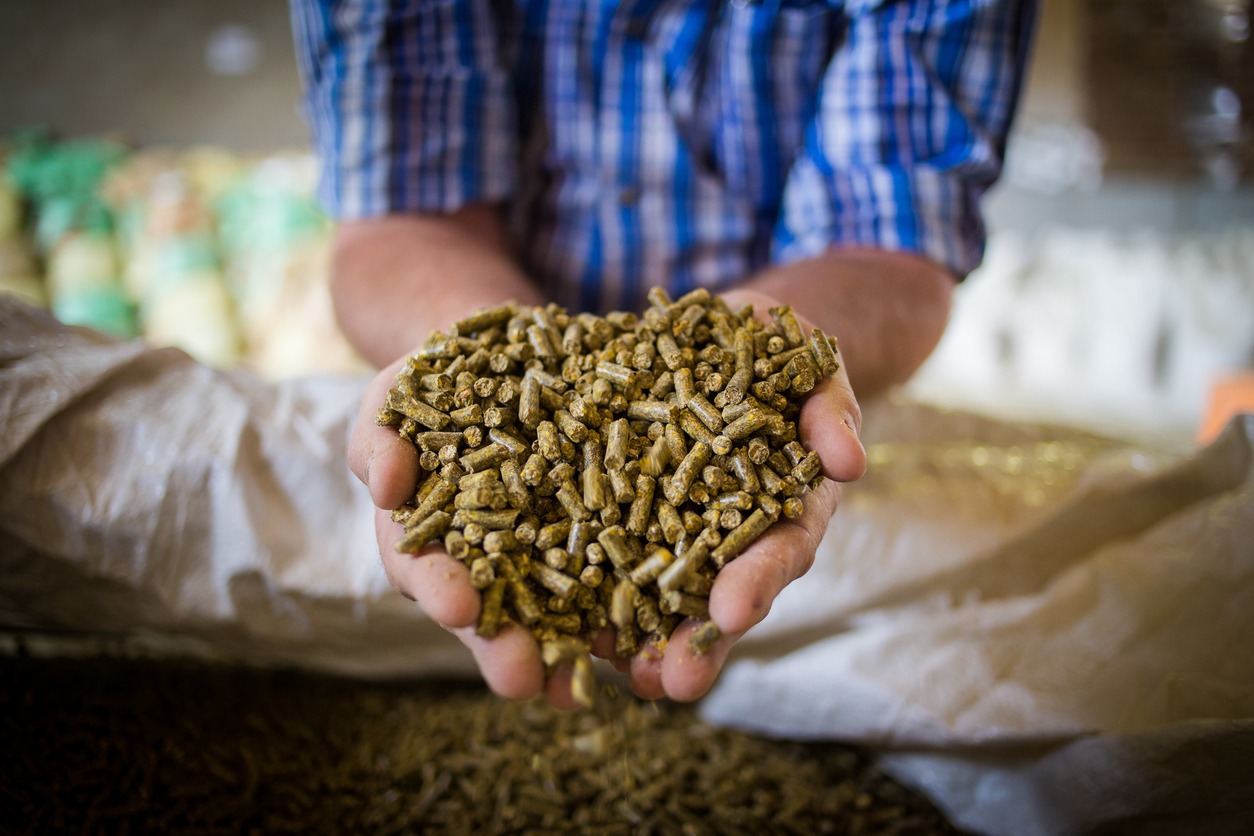Essential Minerals for Healthy Livestock on a Farm

Caring for livestock is more than feeding and sheltering – it's about making thoughtful decisions that support their long-term health. Whether you're raising a small herd or managing a growing farm, learning from others in the community can make a real difference. Many farmers turn to resources like Creatures.com to share experiences, discover practical care tips, and stay informed about animal health. One topic that often comes up in these conversations is mineral nutrition – a small detail that has a big impact on productivity, growth, and animal well-being.
Minerals might not be the first thing you think of when tending to your animals, but they're essential for strong bones, healthy reproduction, immunity, and energy levels. Let's look at why they matter, which ones are most important, and how you can make sure your livestock is getting enough of them.
Raising livestock isn’t just about providing food and shelter – it’s also about ensuring they get the right nutrients to thrive. One of the most important but often overlooked aspects of livestock care is mineral supplementation. Minerals might be small in amount, but they play an outsized role in the health, productivity, and longevity of your animals. Let’s dive into why these minerals are so important, what minerals your animals need, and how you can make sure they’re getting enough of them.
The Importance of Minerals in Livestock Nutrition
Why do minerals matter so much? Well, just like us, livestock requires a range of nutrients to grow, reproduce, and stay healthy. Think of minerals as the building blocks that support these essential functions. They’re responsible for everything from bone and muscle development to reproductive health and immune function. Here are five key reasons to focus on mineral supplementation for your livestock:
- Growth and Development: From the time they’re born, livestock need minerals to build strong bones and muscles. Calcium and phosphorus, in particular, are essential for this growth.
- Reproduction: Healthy breeding and reproductive success hinge on a proper mineral balance. For instance, cows that get adequate mineral support tend to breed back faster, ensuring productivity.
- Immune Support: A well-rounded mineral profile strengthens your animals’ immune systems, reducing the chances of illness and helping them fight off infections more effectively.
- Energy and Metabolism: Minerals such as potassium and magnesium are essential for energy production and muscle function, keeping your livestock active and strong.
- Overall Health and Productivity: A healthy animal is a productive one. By providing the right minerals, you’re ensuring your livestock will perform better, whether that means higher milk production, weight gain, or breeding success.
In a nutshell, minerals are vital at every stage of life. They’re small but mighty contributors to the big picture of livestock health.
Essential Macrominerals for Farm Animals
Let’s start with the “big guys” – macrominerals. These minerals are required in larger quantities and play a significant role in your animals' everyday functions. The main macrominerals include calcium, phosphorus, magnesium, sodium, chloride, potassium, and sulfur.
- Calcium and Phosphorus: These two minerals go hand-in-hand, especially for bone and muscle development. Calcium deficiency can lead to brittle bones, while phosphorus deficiency may cause slow growth. Keeping these minerals in a 2:1 ratio is ideal for maintaining a healthy balance in most livestock.
- Magnesium: Magnesium is crucial for energy production and muscle function. It’s also one to watch out for because a deficiency can lead to grass tetany – a dangerous condition, especially in grazing animals.
- Sodium and Chloride: These two minerals are essential for maintaining proper fluid balance in the body. While most animals can regulate their salt intake naturally, it’s important to provide access to salt licks or other sodium sources, especially in hot weather.
- Potassium: Found in large quantities in forage, potassium is essential for organ function and helps maintain proper hydration. Keep an eye on potassium levels, as low levels can lead to fatigue and other health issues.
- Sulfur: While sulfur is important for protein metabolism and plays a role in the health of wool-producing animals, be cautious. Too much sulfur can lead to toxicity, particularly if levels exceed 0.4% of the diet.
Tips for Balancing Macrominerals:
- Aim to keep calcium and phosphorus at the right ratio.
- Monitor magnesium levels, especially if your animals are on a pasture-based diet.
- Ensure access to salt sources, and adjust potassium intake as needed based on your feed composition.

Crucial Microminerals in Animal Nutrition
Macrominerals are just the start; microminerals, or trace minerals, are equally important, even though animals need them in smaller quantities. These include iron, zinc, copper, manganese, iodine, and selenium.
- Iron: Iron is essential for transporting oxygen in the blood. Animals deficient in iron can become anemic, leading to low energy levels and poor growth.
- Zinc: Zinc supports immune function and helps with wound healing. A zinc deficiency can result in poor growth and susceptibility to disease.
- Copper: Copper is involved in red blood cell formation and enzyme activity. However, be cautious – too much copper can lead to toxicity, especially in sheep.
- Manganese: Essential for bone development and reproductive health, manganese also plays a role in carbohydrate and fat metabolism.
- Iodine: Important for thyroid function, iodine regulates metabolism and growth. Lack of iodine can lead to issues like goiter, where the thyroid gland swells due to inadequate hormone production.
- Selenium: Selenium acts as an antioxidant and supports immune function. It’s also critical for reproductive health, but remember, it has a narrow safe range. Both deficiency and excess can cause problems, so it’s wise to monitor levels carefully.
Considerations for Microminerals:
- Work with a nutritionist to establish the correct micromineral levels for each species you’re raising.
- Be especially cautious with copper and selenium, as these can be toxic in high amounts.
Recognizing Signs of Mineral Deficiencies
How do you know if your livestock is missing key minerals? Observing their behavior and physical appearance can give you clues. Here are a few signs to watch for:
- Calcium or Phosphorus Deficiency: Retained placenta after birth and weak bones.
- Copper or Zinc Deficiency: Dull, shaggy coats and slow healing of wounds.
- Selenium Deficiency: Poor reproductive performance and muscle weakness.
- Magnesium Deficiency: Muscle tremors and a tendency to lie down more often, possibly due to grass tetany.
- Unusual Behaviors: Animals may lick dirt or chew on fence posts if they’re craving minerals they’re not getting in their diet.
Spotting these signs early can prevent more serious health problems. If you notice any of these symptoms, consult with a veterinarian or nutritionist to adjust the diet accordingly.
Effective Mineral Supplementation Strategies
Once you’re aware of the mineral needs and potential deficiencies, it’s time to consider effective supplementation strategies.
- Free-Choice Loose Minerals: These are typically more effective than blocks, allowing animals to consume minerals based on their individual needs. Loose minerals are especially useful in climates where animals may need to increase intake during certain seasons.
- Feed and Pasture Analysis: Analyzing the mineral content of your feed and pastures can help you create a more tailored supplementation program. Different types of feed and forage have varying mineral profiles, and some may lack essential nutrients.
- Expert Guidance: Consult with mineral companies and livestock nutritionists to customize a program based on the specific needs of your animals. Each type of livestock has unique requirements, so one size does not fit all when it comes to mineral supplements.
Balancing Mineral Ratios
Balancing mineral ratios isn’t always straightforward – some minerals interact in ways that can either enhance or hinder absorption. Here are some common interactions to consider:
- Calcium and Phosphorus: Aim for a 2:1 ratio, as discussed. An imbalance can lead to issues with bone development.
- Sulfur and Copper: High sulfur levels can interfere with copper absorption, which is particularly problematic in cattle.
- Potassium and Magnesium: High potassium can inhibit magnesium absorption, increasing the risk of grass tetany.
- Molybdenum and Copper: Too much molybdenum can reduce copper availability, leading to a functional copper deficiency.
Practical Steps to Manage Ratios:
- Regularly test feed and water for mineral levels.
- Be mindful of seasonal changes, which can affect mineral content in pasture grasses and feeds.
- Adjust mineral supplements as needed based on the interactions listed above.
Mineral Sources in Feed
Different types of feed come with their own mineral profiles. Here’s a quick breakdown:
- Forages and Legumes: Rich in calcium and potassium, with alfalfa and clovers being excellent sources.
- Cereal Grains: Low in calcium but relatively high in phosphorus and magnesium.
- Livestock Co-Products: Dried distiller grains are high in phosphorus but may lack other minerals.
Remember, the soil quality where your feed is grown impacts its mineral content. Feed grown in mineral-depleted soil will have lower levels, so supplementation becomes even more crucial.
Monitoring and Tracking Mineral Intake
Finally, tracking mineral intake over time is key to maintaining livestock health. Regular testing of feed, water, and even blood or tissue samples can give you a clear picture of your animals' mineral status. Here’s what to watch for:
- Behavioral Indicators: Excessive licking of objects, poor coat condition, or unusual appetite patterns.
- Performance and Growth Rates: Sluggish growth or reduced performance can point to deficiencies.
- Sampling: Blood or tissue sampling provides precise data, which can guide your mineral management decisions.
Conclusion
Minerals may not be the first thing you think about in livestock care, but they’re absolutely essential to keeping animals healthy, strong, and productive. By understanding the role of macrominerals and microminerals, recognizing deficiency signs, and using effective supplementation strategies, you’re investing in the long-term success of your farm. Keep monitoring, stay flexible with your mineral plan, and don’t hesitate to consult experts to make sure your livestock are getting all the nutrients they need. After all, healthy animals make a thriving farm.




